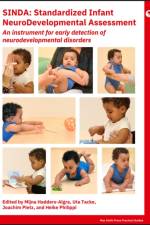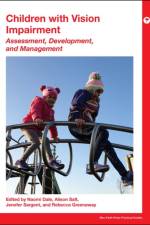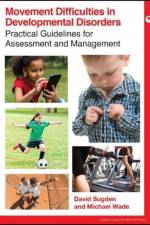- Assessment, Development and Management
av N Dale
859
Vision impairment is a long-term condition caused by disorders of the eye, optic nerve, and brain. Using evidence-based knowledge, theory, and research, this book provides practical guidance for practitioners who are involved in the care and management of children with long-term vision impairment and disability. The book is divided into four sections following the ICF-CY model: (1) eye disorders, vision and brain, (2) child development and learning from birth to older childhood, (3) habilitation, orientation, reading and assistive technologies and (4) social relationships and participation in everyday contexts. International team of experts present up to date vision and neuroscience research and assessment and management approaches. Multidisciplinary approaches for improving function, learning and activity in children with vision impairment. New approach to childhood vision impairment with a focus on assessment, function and participation. Covering all vision disorders and levels of vision impairment, including eye disorders, cerebral vision impairment and complex disability. A useful resource for developmental/and neurodisability paediatricians and clinicians including clinical, neuro- and educational psychologists, occupational therapists, speech and language therapists, physiotherapists; paediatric ophthalmologists and eye clinic staff; mobility/habilitation specialists, educationalists of vision impairment and others; community family support and social care workers.




